What is the iceberg model?
The Iceberg Model is a way of understanding complex situations by recognizing that what we see on the surface is just a small part of a much bigger picture. The visible aspects, like behaviors or problems, are only the tip of the iceberg, while the deeper, hidden factors like beliefs, emotions, and systems are beneath the surface, influencing what we see. By exploring both the visible and hidden parts, we can better understand and address the root causes of issues.
Shifting your perspective and seeing beyond the immediate events that everyone notices allows for more informed and strategic decisions, leading to sustainable, long-term solutions. Understanding and addressing deeper, hidden factors also strengthens the foundation of trust, leading to more resilient and meaningful relationships.
In this toolkit, you'll find 5 different iceberg models with layers of each model, examples and blank iceberg templates to put your learning to practice.
-
Behavioral Iceberg
-
Emotions Iceberg
-
Systems Thinking Iceberg
-
Cultural Iceberg
-
Achievement Iceberg
What is the iceberg model in systems thinking?
The Systems Thinking Iceberg model is a way to analyze complex systems by recognizing that events we see on the surface are often just part of a larger structure. It helps us understand that what we observe (such as specific outcomes or problems) is influenced by deeper, less obvious factors like patterns, structures, and mental models that operate within the system. This approach is valuable for solving complex problems because it encourages looking beyond surface events to identify and address root causes rather than focusing solely on immediate symptoms.
Layers of Systems Thinking Iceberg
Events
These are the visible occurrences or outcomes in the system—the things we immediately see or experience. Events are often symptoms of deeper issues rather than the core problem itself.
Example: A customer complaint, an employee quitting, or a product failure are all events that might initially draw attention.
Patterns of behavior (Trends over time)
Patterns are trends or repeated behaviors over time that emerge from multiple events. Recognizing patterns helps us see how problems recur rather than treating each event as isolated.
Example: Frequent customer complaints about the same issue, ongoing turnover, or recurring product issues indicate patterns.
Systemic structures (Systemic causes)
Structures are the underlying factors and relationships within the system that create the patterns. These include organizational processes, policies, workflows, resource allocations, and communication flows.
Example: A company policy that limits customer service response times might contribute to frequent complaints, or a lack of employee development programs might lead to high turnover.
Mental models (Underlying beliefs)
Mental models are the core beliefs, assumptions, and values that shape how people within the system think and make decisions. These mental models influence how structures are created and maintained.
Example: A company’s belief that customer service should be as cost-effective as possible might lead to strict policies that prioritize efficiency over quality. Or, a belief that employees should be highly self-sufficient might limit investments in employee support.
What is a cultural iceberg?
The Cultural Iceberg model emphasizes that much of what constitutes culture is not immediately visible and that we must look beneath the surface to understand the deeper, often unconscious elements that shape behaviors, attitudes, and interactions. It helps individuals and organizations understand that cultural differences are not just about surface-level traits, but also deeply embedded in unseen values and assumptions. These underlying elements shape how people think, feel, and behave, and can significantly affect cross-cultural interactions and communication.
Layers of Cultural Iceberg
Visible culture
These are the aspects of culture that are easily observable and typically form the first impressions we have of a culture.
Examples of visible culture include:
-
-
Language: The words, phrases, and expressions used by a group of people.
-
Clothing: What people wear and the fashion trends that dominate a culture.
-
Food: Typical dishes, food preparation methods, and eating habits.
-
Architecture: The design of buildings, homes, and public spaces.
-
Art and music: What is created, performed, and celebrated within a society.
-
Festivals and holidays: Public celebrations, rituals, or ceremonies.
-
Invisible culture
These are the deeper, more subtle aspects of culture that shape behaviors, values, and attitudes but are not immediately visible.
Examples of invisible culture include:
-
-
-
Values and beliefs: Deep-rooted cultural assumptions about right and wrong, family roles, and societal expectations.
-
Social norms: Unwritten rules of behavior, like greetings, punctuality, and personal space.
-
Communication styles: Non-verbal communication, such as body language, tone of voice, and gestures, which can vary greatly across cultures.
-
Power dynamics: How authority, leadership, and decision-making are approached within a culture (e.g., hierarchical vs. egalitarian).
-
Concepts of time: Whether a culture is more focused on punctuality, flexibility, and schedules (monochronic vs. polychronic).
-
Conflict resolution: How disputes are handled and whether direct confrontation or indirect approaches are favored.
-
Gender roles: Expectations of behavior based on gender, such as traditional roles of men and women in society.
-
Religion and spirituality: The underlying spiritual beliefs that influence daily life and decision-making.
-
-
What is the behavioral iceberg model?
The Behavioral Iceberg model is a way to understand that people's visible actions and behaviors are just the tip of the iceberg. Beneath the surface, there are often deeper layers, including emotions, beliefs, and unmet needs, that drive these behaviors. By exploring what lies beneath the visible behavior, we can uncover root causes and address behaviors more effectively.
Layers of Behavioral Iceberg
Visible behavior
This is what we see on the surface, such as someone’s actions, body language, or words. It might include things like anger, procrastination, social withdrawal, overworking, or frequent apologizing. These behaviors are often what we focus on because they are the most noticeable.
Hidden emotions
Below the behavior, there are often emotions that drive it. For instance, someone who acts defensively might be feeling insecure or fearful. Emotions like anxiety, fear, frustration, sadness, or anger may underlie many visible behaviors but are often hidden or unexpressed.
Underlying thoughts and beliefs
Beneath emotions, there are often thoughts or core beliefs influencing how a person feels and acts. For instance, a person who overworks may believe, "If I don’t work hard enough, I’m not valuable." These beliefs can shape how we perceive ourselves and others and lead us to act in specific ways.
Unmet needs
At the deepest level, behaviors often reflect unmet needs. These could be needs for belonging, security, recognition, understanding, self-worth, or control. For example, someone who frequently seeks approval may have an unmet need for validation and acceptance.
What is the iceberg theory of emotions?
The Emotions Iceberg model is a way of understanding emotions by visualizing that the emotions we see on the surface are often just a small part of a larger, more complex emotional experience. The model suggests that while some emotions are visible, there are often deeper, hidden emotions, thoughts, and experiences beneath the surface that influence what we show outwardly. This model helps people become more aware of the full spectrum of their feelings, rather than just focusing on the emotions that are immediately visible.
Layers of Emotions Iceberg
Visible emotions
These are the emotions that we show outwardly, often through body language, facial expressions, tone of voice, or behaviors. They are the "tip" because they are easily seen or felt by others. For example, visible emotions might include anger, sadness, or frustration—emotions we tend to recognize quickly in ourselves and others.
Hidden emotions
Beneath visible emotions, there are often other emotions that aren’t as obvious but still impact how we feel and behave. These are often harder to identify or admit because they might be uncomfortable. For instance, underneath visible anger, a person might be feeling hurt, fear, shame, or insecurity. These hidden emotions are less apparent but often more fundamental in driving the visible emotion.
Underlying beliefs
Beneath hidden emotions are often core thoughts, beliefs, or assumptions that shape how we feel and respond to situations. These can include self-critical thoughts, fears about judgment, or limiting beliefs about oneself or others. For example, a person who shows visible frustration at work might be experiencing deeper hidden emotions like insecurity or feeling undervalued. The underlying belief might be, "I’m not good enough" or "People don’t recognize my efforts."
Unmet needs
At the deepest level, our emotions are often influenced by past experiences or unmet needs that may go unaddressed. These could be rooted in long-standing patterns or past events, such as past trauma, unmet needs for connection, validation, or safety. For example, a person who displays visible anxiety in social situations may have underlying emotions of loneliness or rejection from past experiences and a need for acceptance and connection that is currently unmet.
What is the iceberg success theory?
The Achievement Iceberg model helps us understand that success is not just about the outcomes or visible accomplishments, but also about the hidden, often invisible factors that contribute to those achievements. It encourages us to look beyond the surface and appreciate the deeper, often unseen factors that contribute to success, fostering a more empathetic and realistic view of what it takes to achieve meaningful goals.
Layers of Achievement Iceberg
Visible Achievements
External success: This is what others see and celebrate – awards, promotions, titles, visible recognition, completed projects, and public achievements. For example, winning a medal, landing a big deal, or getting a prestigious job offer. These accomplishments are the culmination of a process but represent only a small fraction of the story.
Public recognition: The praise, accolades, and applause that come with visible success. This is what others focus on when evaluating someone’s achievement.
Invisible Achievements
Hard Work and effort: Behind every visible success is significant effort, often long before any recognition comes. This includes hours of practice, sacrifice, and perseverance. The countless hours spent learning, studying, or refining skills may be unnoticed by others but are crucial for reaching success.
Failure and setbacks: Achievements are rarely linear. Behind the scenes, there are failures, rejections, and moments of doubt that are often hidden. These setbacks may be difficult to see, but they play a critical role in shaping future success. For example, an athlete may face injuries or losses before winning a championship.
Resilience and persistence: Achieving something significant often requires pushing through difficult moments of frustration, exhaustion, or low motivation. The perseverance to continue in the face of difficulty is a crucial part of the journey but is often unseen.
Support system: Achievement is often supported by mentors, coaches, teams, or family, whose guidance and encouragement play a role in overcoming challenges. This support is often invisible, but it’s crucial in helping individuals achieve their goals.
Skills and knowledge development: Continuous learning, training, and self-improvement that lead to the ability to achieve something. This includes skills developed through experience and feedback, sometimes learned through failures or mistakes.
Coping with stress and pressure: Success often involves managing stress, anxiety, or the pressure of expectations. People may cope with these emotions privately, but they are an essential part of the process of achievement.
Sacrifice: Many successful people make sacrifices in terms of time, relationships, personal desires, and health. The cost of achievement can often be measured in personal trade-offs that are invisible to others.
Mindset: A person’s growth mindset, determination, and inner drive are often hidden aspects of achievement. The ability to stay positive, focus on long-term goals, and keep moving forward despite obstacles is an essential part of achieving success.
What are the benefits of iceberg model?
Here are the key benefits of the iceberg model:
-
Encourages deeper understanding of the issue, allowing for more accurate diagnosis and effective solutions.
-
Helps pinpoint the root causes of problems rather than just focusing on their symptoms. This allows for more targeted interventions and reduces the likelihood of recurring issues.
-
A deeper understanding of the underlying factors leads to more informed and strategic decision-making. It helps decision-makers consider long-term consequences and address deeper issues.
-
By recognizing the underlying emotions, beliefs, and values that influence behavior, the model helps develop emotional intelligence and empathy.
-
Helps identify the deeper needs, values, and interests of the parties involved in a conflict, allowing for more effective mediation and conflict resolution.
-
Allows individuals and organizations to be more adaptable and flexible when faced with change.
-
Encourages individuals to examine their own mental models, beliefs, and emotions, promoting self-reflection and personal growth.
-
Uncovering hidden assumptions prevents misinterpretations and promotes clarity.
Where is iceberg model used?
The Iceberg Model is used in a variety of fields to understand complex situations, behaviors, systems, and problems by looking beyond the surface and exploring the deeper, underlying causes.
Key areas where the Iceberg Model is applied.
-
Psychology: Understanding human behavior and emotions.
-
Business: Analyzing organizational issues, improving team dynamics, and systemic problem-solving.
-
Systems thinking: Understanding complex problems by exploring root causes.
-
Culture: Navigating cultural differences and improving cross-cultural communication.
-
Education: Identifying and addressing learning challenges.
-
Leadership: Enhancing leadership skills through self-awareness and emotional intelligence.
-
Conflict resolution: Uncovering deeper issues in disputes and resolving conflicts.
-
Healthcare: Taking a holistic approach to patient care.
-
Marketing: Understanding consumer motivations and behaviors.
-
Environmental and social Issues: Addressing the root causes of societal and environmental problems.
What is an example of the iceberg concept of culture?
Here are two examples of cultural iceberg:
High-Context Culture Iceberg
(Culture: Japan)
Visible
-
Formal greetings, bowing to show respect.
-
Titles and honorifics are used frequently (e.g., “Tanaka-san” or “Sato-sama”).
Invisible
-
Non-verbal communication: Much of the communication happens through body language, tone, and the reading of subtle cues. Silence can be a powerful message, conveying disapproval or discomfort without words.
-
Hierarchy: Employees typically defer to their superiors, and decisions are often made collectively through consensus (known as ringi system). Junior employees might not speak up directly in meetings.
-
Group harmony: The focus is on maintaining group harmony (wa). Employees avoid direct confrontation and try to maintain smooth, harmonious relationships with colleagues, even if it means not expressing disagreement openly.
Low-Context Culture Iceberg
(Culture: United States)
Visible
-
Informal greetings like handshakes, hugs, or even first names (even for senior managers).
-
Casual communication style in emails and meetings.
Invisible
-
Direct communication: Employees in the U.S. are encouraged to speak openly and directly about their ideas and opinions. Disagreement or constructive criticism is seen as healthy for innovation and progress.
-
Individualism: Employees are expected to assert their own ideas and opinions, even if they challenge the status quo or senior leadership. Personal achievements are often celebrated.
-
Decision-making: Leadership is more individualistic. Top management often makes decisions quickly and directly, and there’s less emphasis on group consensus.
What is an example of the emotions iceberg?
Here are 4 examples of emotions iceberg:
Anger Iceberg
Visible Emotion: Anger, irritability, aggression
Hidden Factors:
-
-
Hidden emotions: Hurt, frustration, fear of disrespect, feeling undervalued.
-
Underlying beliefs: "People don’t listen to me," or "I need to be tough to be respected."
-
Unmet needs: Respect, validation, acknowledgment of feelings.
-
Anxiety Iceberg
Visible Emotion: Nervousness, worry, stress
Hidden Factors:
-
-
Hidden emotions: Insecurity, self-doubt, fear of failure or judgment.
-
Underlying beliefs: "I’m not capable enough," or "People will reject me if I make mistakes."
-
Unmet needs: Assurance, acceptance, confidence, support.
-
Sadness Iceberg
Visible Emotion: Sadness, crying, withdrawal
Hidden Factors:
-
-
Hidden emotions: Loneliness, grief, sense of abandonment, shame.
-
Underlying beliefs: "I’m not worthy of love," or "People will leave me."
-
Unmet needs: Connection, companionship, empathy, security.
-
Shame Iceberg
Visible Emotion: Withdrawal, defensiveness, avoidance
Hidden Factors:
-
-
Hidden emotions: Feeling unworthy, fear of exposure, embarrassment.
-
Underlying beliefs: "I am fundamentally flawed," or "If people know the real me, they won’t accept me."
-
Unmet needs: Acceptance, compassion, understanding, safety to be vulnerable.
-
What is an example of the behavioral iceberg?
Here are 4 examples of behavioral iceberg:
People Pleasing Iceberg
Visible Behavior: Always agreeing with others, putting others' needs first, avoiding conflict.
Hidden Factors:
-
-
Emotions: Fear of rejection, anxiety about disappointing others.
-
Beliefs: "I need others to like me to feel valuable" or "If I say no, people will leave me."
-
Unmet needs: Boundaries, self-confidence, self-acceptance.
-
Overthinking Iceberg
Visible Behavior: Excessive worrying, analyzing decisions endlessly.
Hidden Factors:
-
-
Emotions: Anxiety, fear of making mistakes, insecurity.
-
Beliefs: "If I don’t consider every option, I might fail" or "I need to be perfect to avoid judgment."
-
Unmet needs: Confidence, trust in one’s own decisions, peace of mind.
-
Perfectionism Iceberg
Visible Behavior: Striving for flawlessness, setting very high standards, difficulty delegating.
Hidden Factors:
-
-
Emotions: Fear of criticism, self-doubt, inadequacy.
-
Beliefs: "If it’s not perfect, it’s worthless" or "My worth is tied to my achievements."
-
Unmet needs: Validation, acceptance, feeling "good enough."
-
Procrastination Iceberg
Visible Behavior: Delaying tasks or avoiding responsibilities.
Hidden Factors:
-
-
Emotions: Anxiety, fear of failure, overwhelm.
-
Beliefs: "I won’t do it well enough" or "If I avoid it, I won’t have to confront my fears."
-
Unmet needs: Clarity on tasks, confidence, motivation, and support.
-
What is an example of systems thinking iceberg?
Here are 4 examples of systems thinking iceberg:
Productivity Iceberg
Event: Low employee productivity, high turnover rates
Hidden Factors:
-
-
Patterns : Increasing burnout, disengagement, and frequent job switching.
-
Structures : Lack of work-life balance, limited employee autonomy, poor recognition practices, competitive work culture.
-
Mental models : The belief that longer hours equate to more productivity, or that high turnover is natural and unavoidable in a competitive workforce.
-
Digital Misinformation Iceberg
Event: Spread of misinformation on social media.
Hidden Factors:
-
-
Patterns: Growing distrust in mainstream media, increased polarization.
-
Structures: Algorithms that prioritize sensational content, lack of fact-checking mechanisms, limited digital literacy.
-
Mental models: Beliefs that free speech should have no limits on digital platforms or that individuals are solely responsible for discerning credible information.
-
Conflict Resolution Iceberg
Event: Dev wants to rapidly deploy new features to production, but Ops is concerned about the stability and reliability of the infrastructure.
Hidden Factors:
-
-
Patterns: The issue of deployment friction is not new. Every time a major release is planned, there’s an inevitable standoff between the two teams. This happens frequently when there’s a tight deadline for launching a product feature.
-
Structures: The company’s development and release process is siloed. Dev pushes code to staging without collaborating closely with Ops, who are then forced to react to potential issues during deployment. The lack of a shared pipeline or standardized testing before deployment creates a divide in responsibilities.
-
Mental models:
-
Dev believes that rapid deployment is critical for staying competitive and delivering value quickly, often disregarding the complexities of infrastructure concerns.
-
Ops believes that stability and security must be prioritized, and they assume that Dev does not appreciate the potential risks involved in rushing releases.
-
-
Marketing Iceberg
Event: A significant decline in open rates and click-through rates for email newsletters and promotional emails.
Hidden Factors:
-
-
Patterns: The decline in engagement is not isolated to one email but has been happening across several months, despite adjustments to the subject lines and timing. Unsubscribes have been gradually increasing over time, and the bounce rates are also higher than normal.
-
Structures: The email segmentation strategy may not be fine-tuned, with the same message being sent to a large, undifferentiated audience.
-
Mental models:
-
-
The marketing team may operate under the assumption that what worked in the past (same messaging, timing, frequency) will continue to be effective.
-
There might be an entrenched belief in batch-and-blast email tactics rather than an evolving, personalized approach that addresses different customer needs.
-
-
-
What is an example of success iceberg?
Here are 4 examples of achievement iceberg:
Business Success Iceberg
Visible Aspects
-
Launching a successful startup: Growing a business from the ground up to become a profitable company.
-
Public recognition: Media features, interviews, and speaking opportunities at entrepreneurial events.
-
Revenue growth: Achieving significant financial milestones, such as hitting a million-dollar revenue mark.
Invisible Aspects
-
Initial failures: Failed attempts, rejected business plans, or early products that didn’t succeed.
-
Financial struggles: Sacrificing personal finances, taking loans, or working without pay for extended periods to keep the business afloat.
-
Work-life balance: Sacrificing personal time, holidays, and relationships to focus on building the business.
-
Learning from mistakes: Iterating on the product, learning from customer feedback, and constantly improving.
-
Resilience: Overcoming doubts and constant pressure from investors, competitors, and market challenges.
-
Networking and mentorship: Building relationships with other entrepreneurs, investors, and advisors who guided the process.
Personal Development Iceberg
Visible Aspects
-
Achieving personal goals: Completing a personal goal like running a marathon, losing weight, or overcoming a personal fear.
-
Improved self-confidence: Developing stronger self-esteem or overcoming self-limiting beliefs.
-
Visible change in lifestyle: A healthier lifestyle, improved habits, or a more organized living space.
Invisible Aspects
-
Years of self-reflection: The internal work of self-reflection, therapy, or journaling to gain clarity and understanding.
-
Setbacks and challenges: Relapses, failures, or missteps along the path to self-improvement.
-
Mental struggles: Working through mental health challenges, fears, or stress, often without anyone knowing.
-
Daily consistency: The small, everyday efforts—like exercising regularly, eating healthily, or sticking to a routine—that add up over time.
-
Support from others: The encouragement or help received from friends, mentors, or therapists that made the personal development process easier.
Sports Excellence Iceberg
Visible Aspects
-
Championship win: The athlete wins a national championship in their sport and receives a gold medal.
-
Media coverage: They are featured in sports magazines, interviewed on television, and celebrated as a role model in their sport.
-
Endorsements: The athlete signs sponsorship deals with major brands, leading to increased visibility and financial rewards.
Invisible Aspects
-
Dedication and training: The athlete follows a strict, year-round training regimen, focusing not only on physical fitness but also on mental preparation.
-
Resilience to injury: They overcame multiple serious injuries in the past, requiring rehabilitation, mental fortitude, and an unwavering commitment to recovery.
-
Mindset: They maintain a growth mindset, always focusing on improvement, even after setbacks, and viewing losses as opportunities for growth.
-
Support system: Behind their success is a team of coaches, physiotherapists, sports psychologists, and family members who have provided emotional, mental, and physical support.
Developer Success Iceberg
Visible Aspects
-
Career progression: The developer is promoted to a senior position after delivering a successful software update, which increases user satisfaction and engagement.
-
Peer recognition: Colleagues and managers praise the developer for their technical expertise and problem-solving abilities.
-
Project impact: The software update they worked on significantly improves the functionality of a popular app, receiving positive feedback from users.
Invisible Aspects
-
Continuous learning: The developer spends hours outside of work mastering new programming languages and experimenting with new frameworks to stay up to date with the industry.
-
Problem-solving persistence: They’ve encountered several complex bugs that took weeks to fix. Their determination and creative thinking allowed them to resolve these issues.
-
Support network: They have a community of fellow developers who offer advice, share solutions to coding challenges, and give moral support.
-
Resilience: The developer experienced early career failures, such as missing project deadlines, but used these failures to improve their time management and collaboration skills.
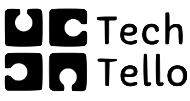
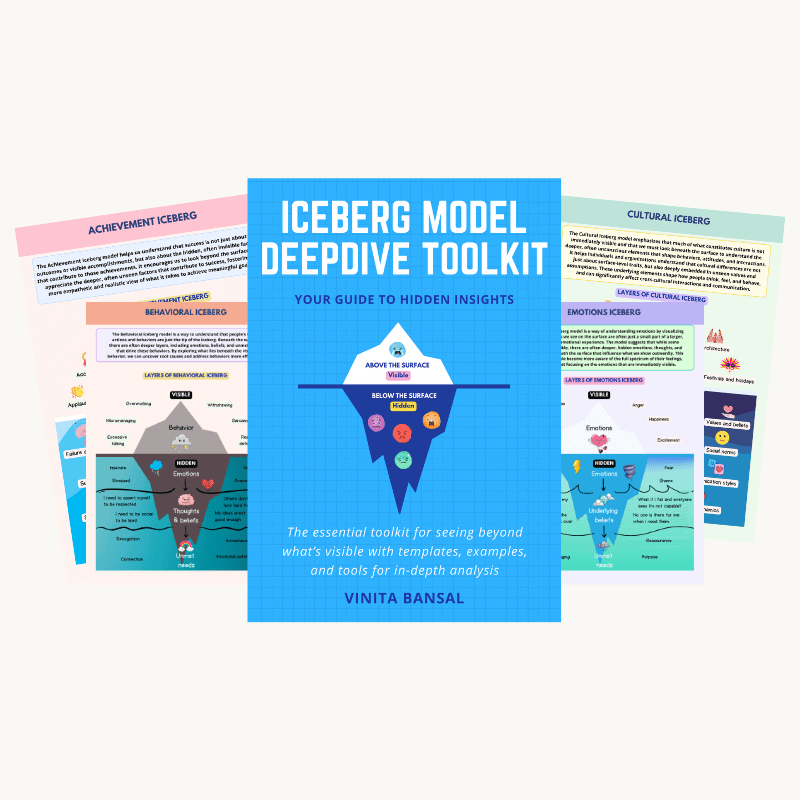
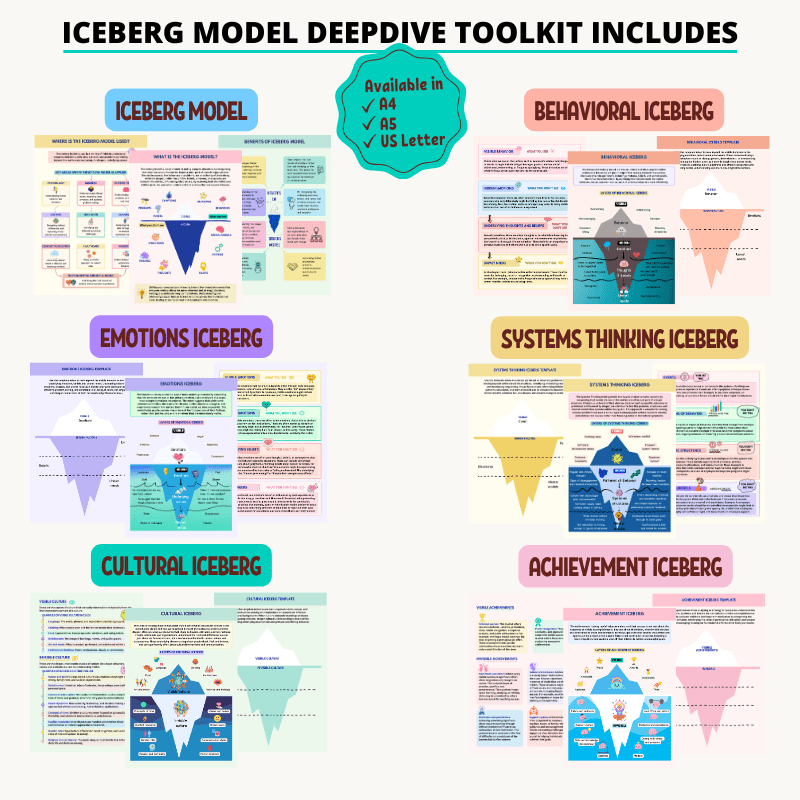

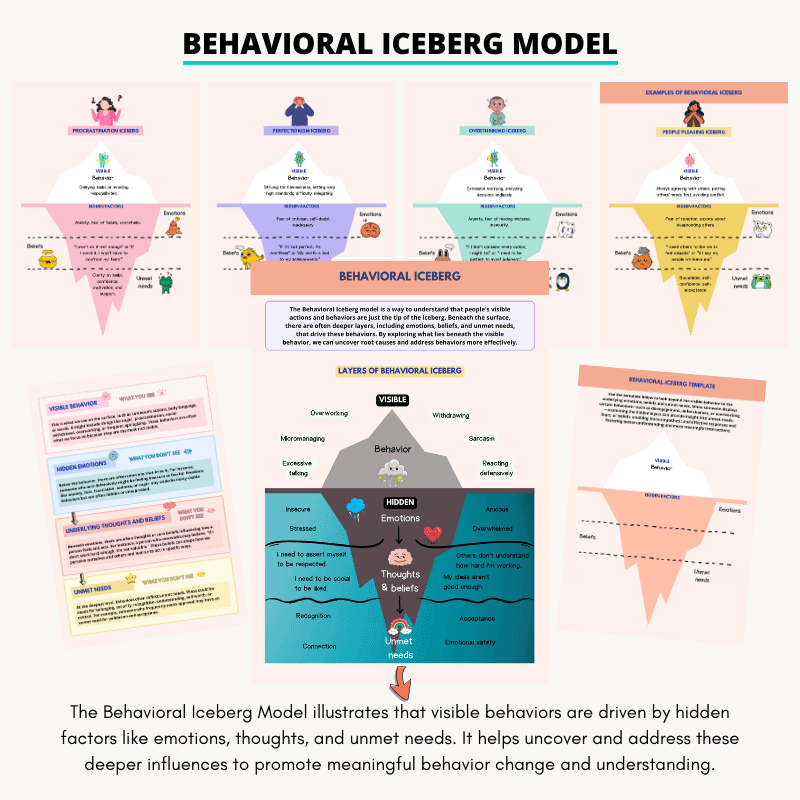
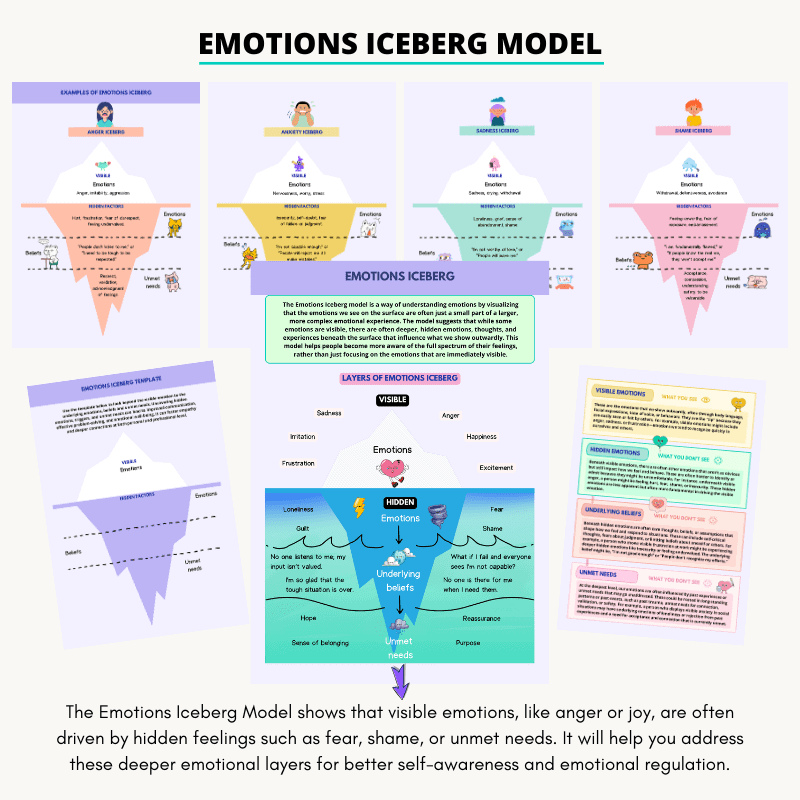
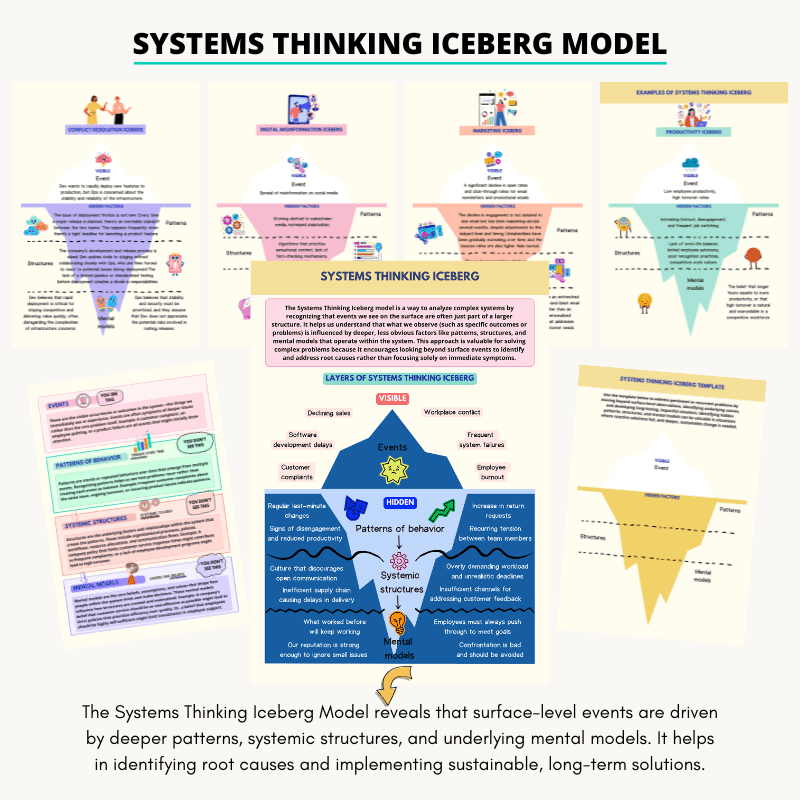
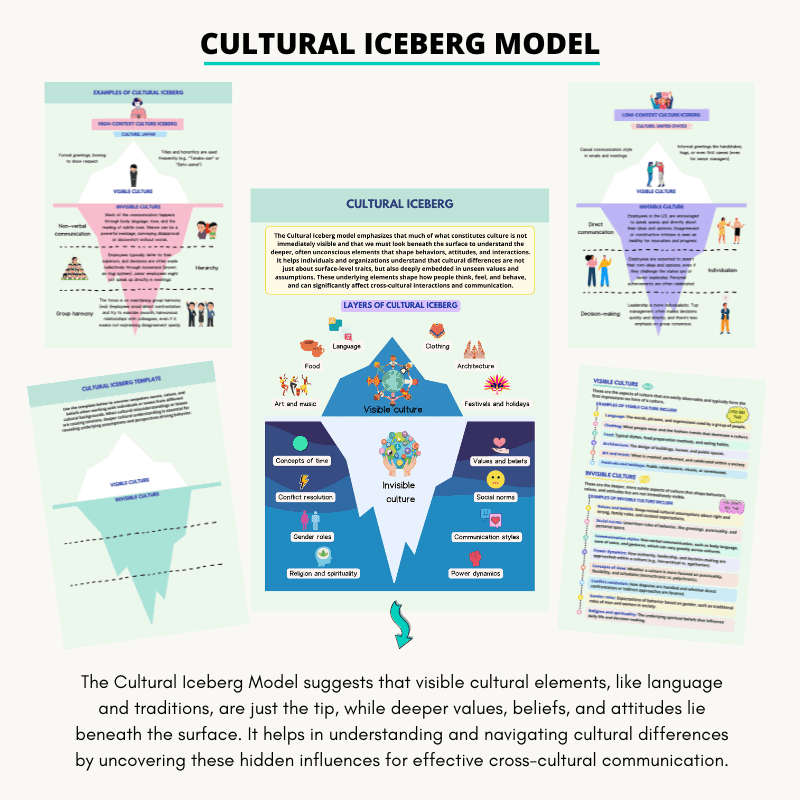
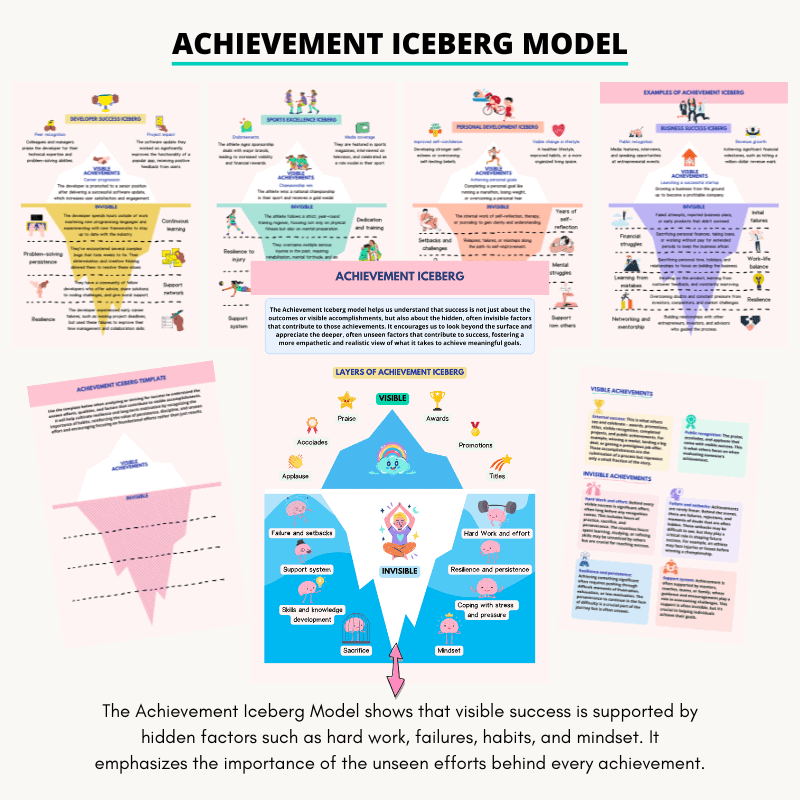
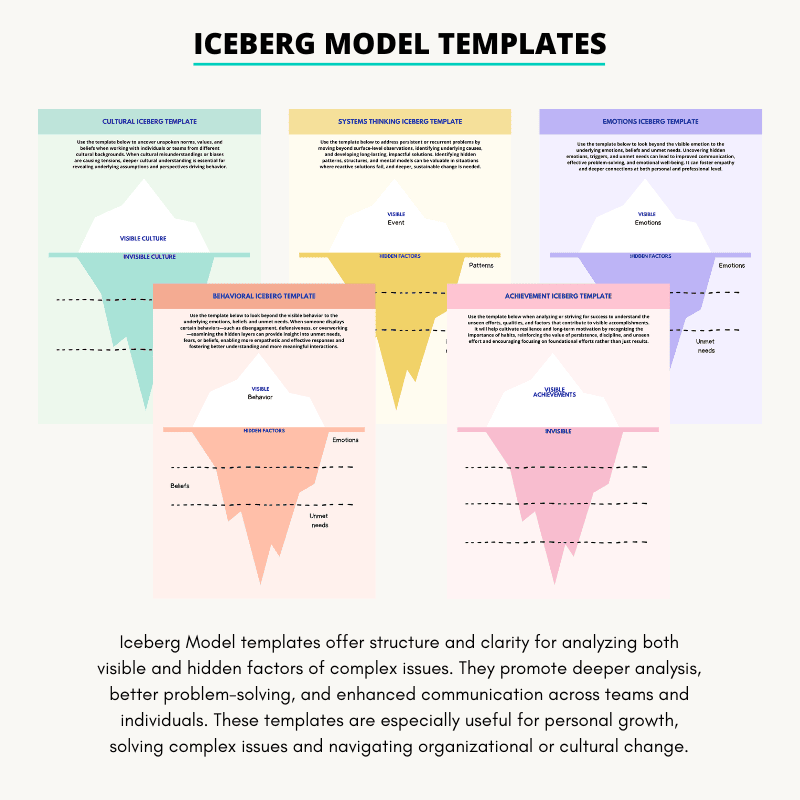
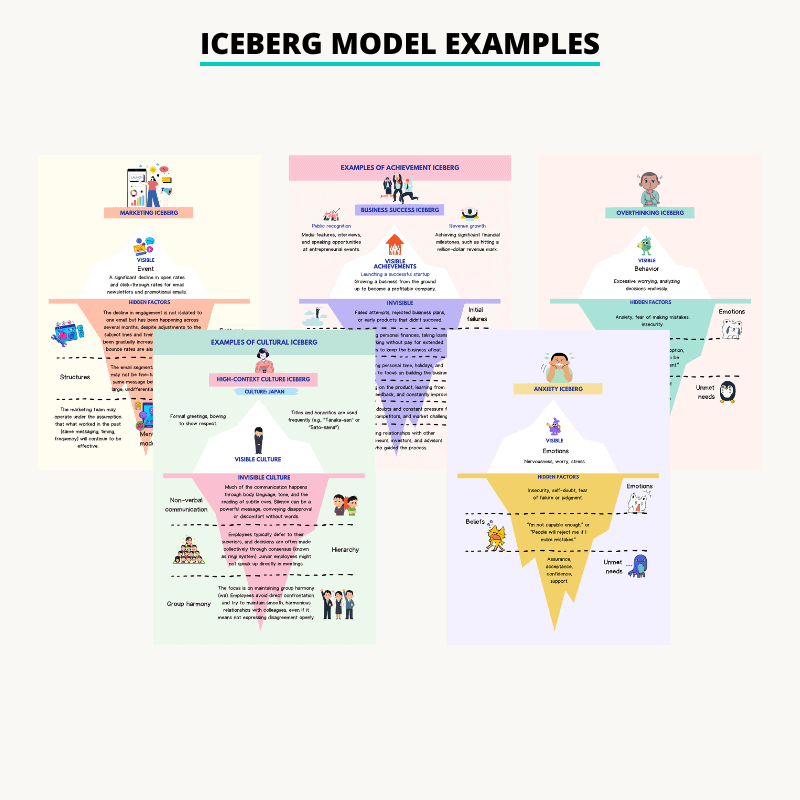
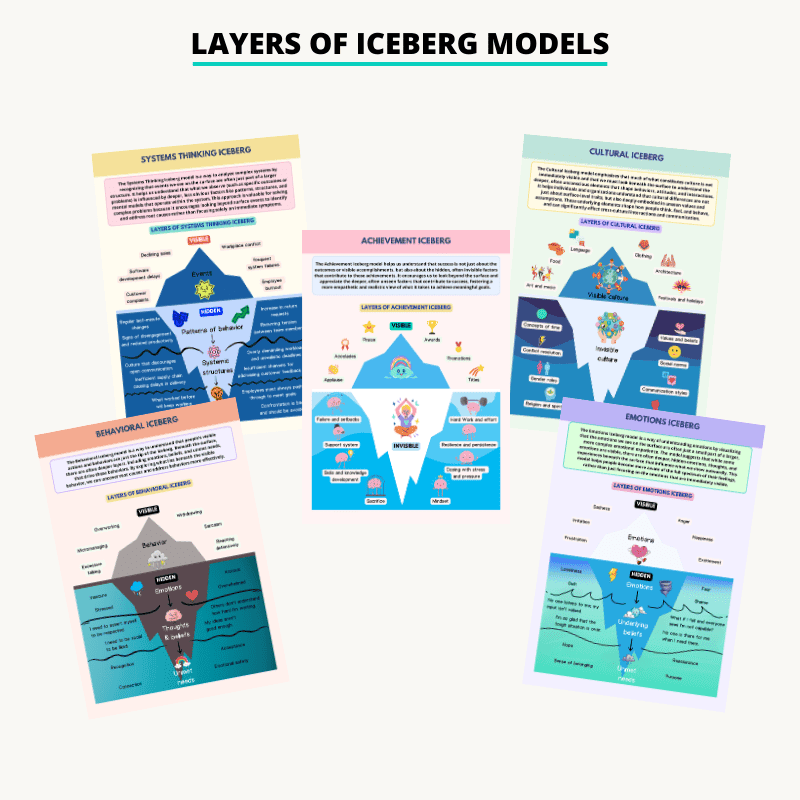
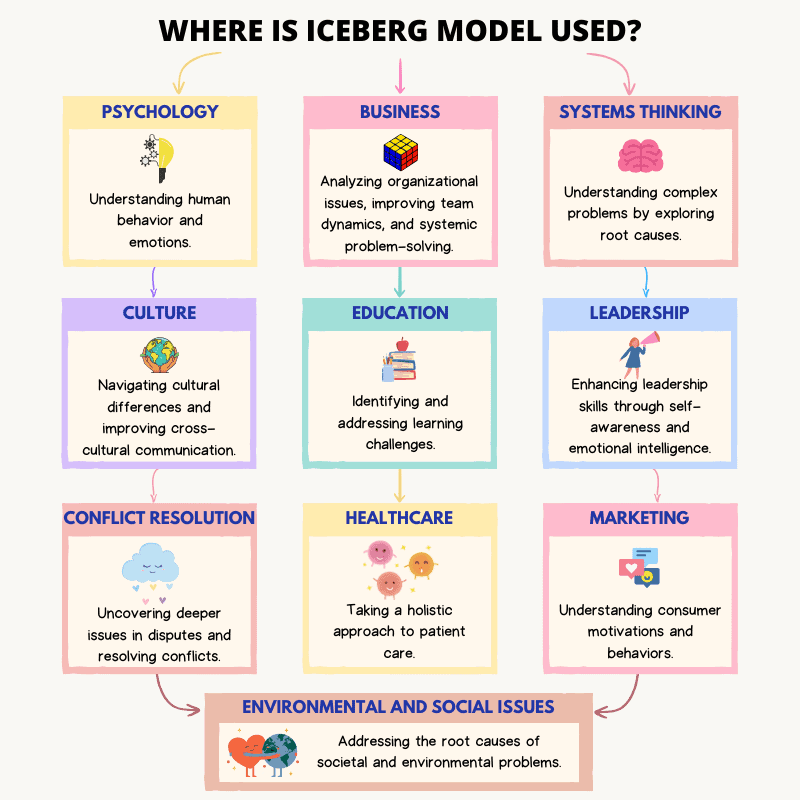
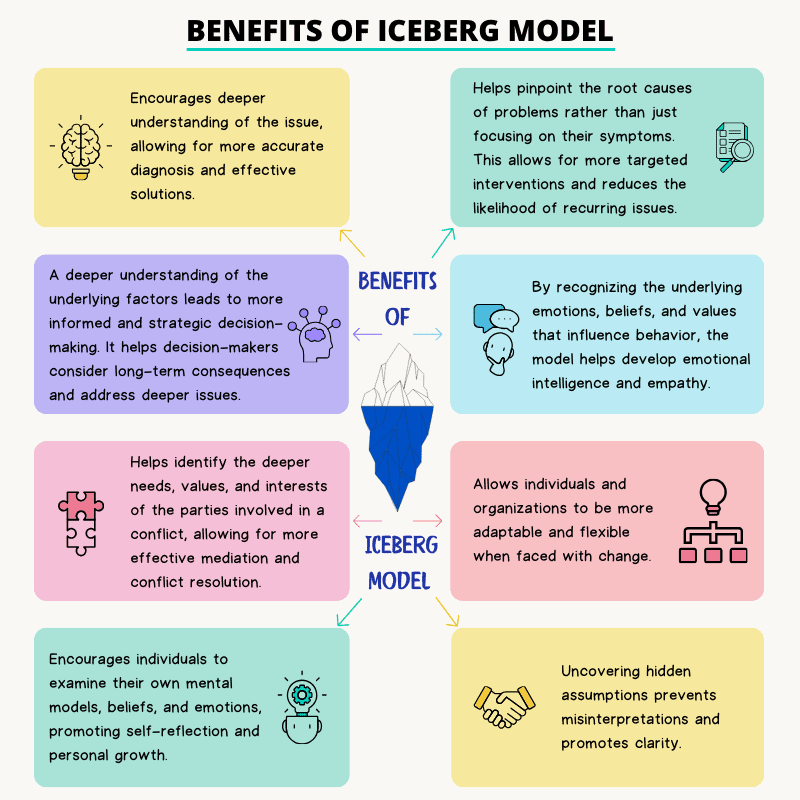
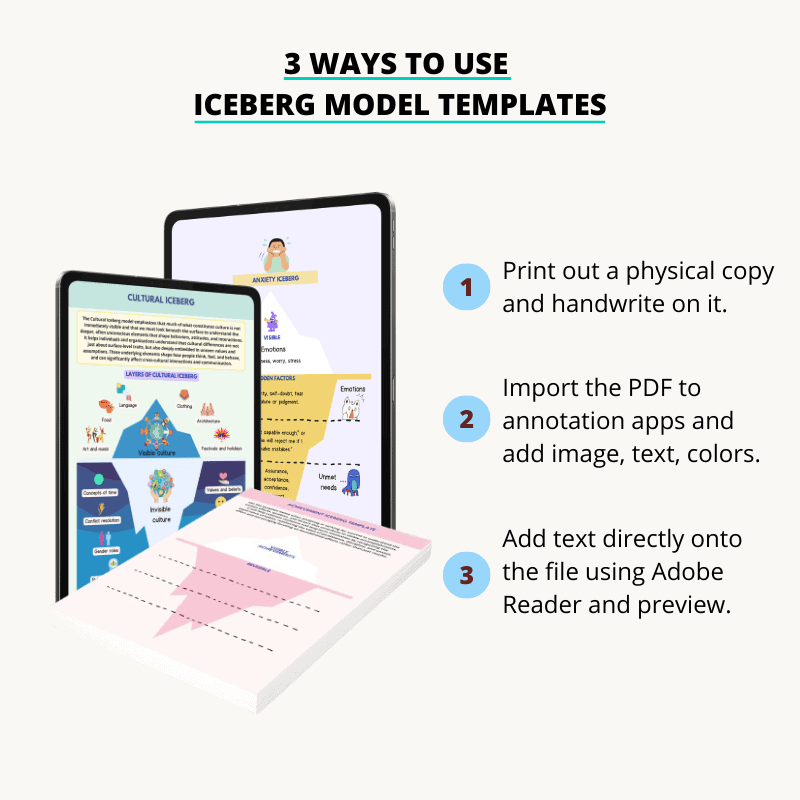
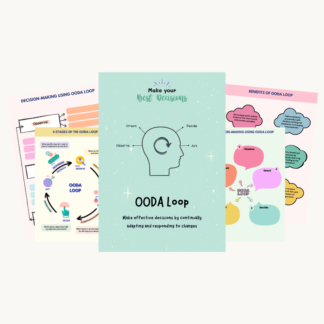
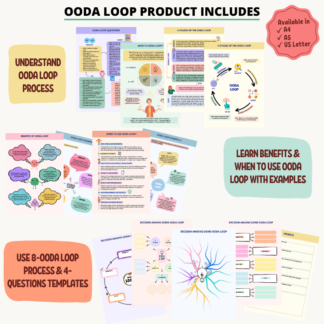


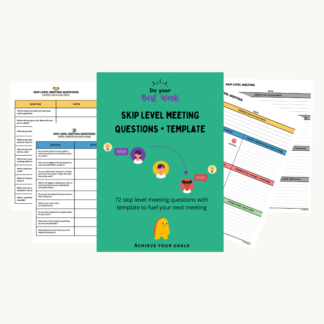


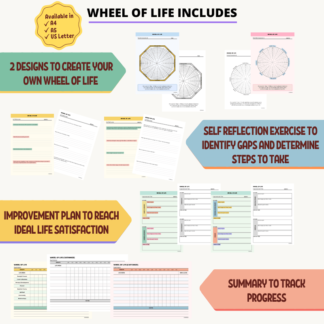
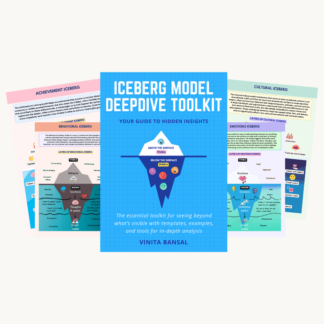
Reviews
There are no reviews yet.